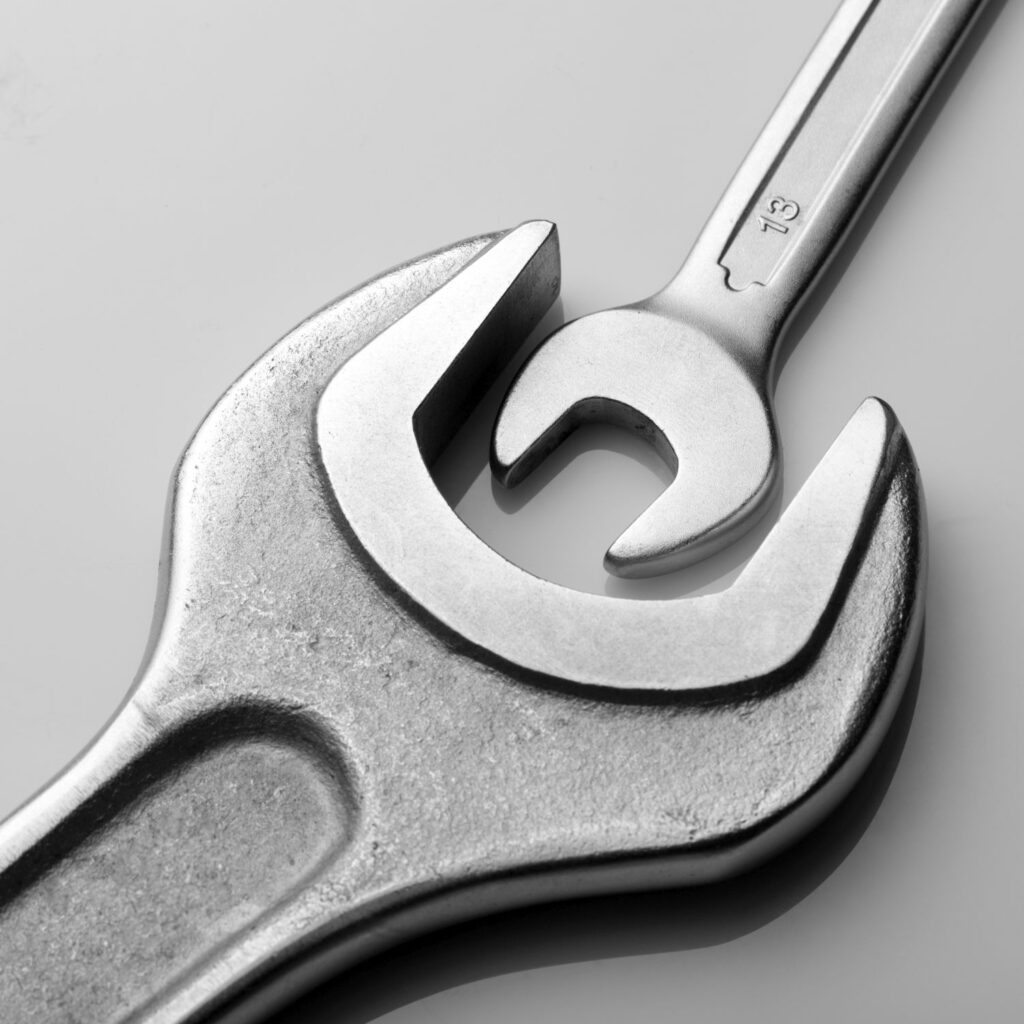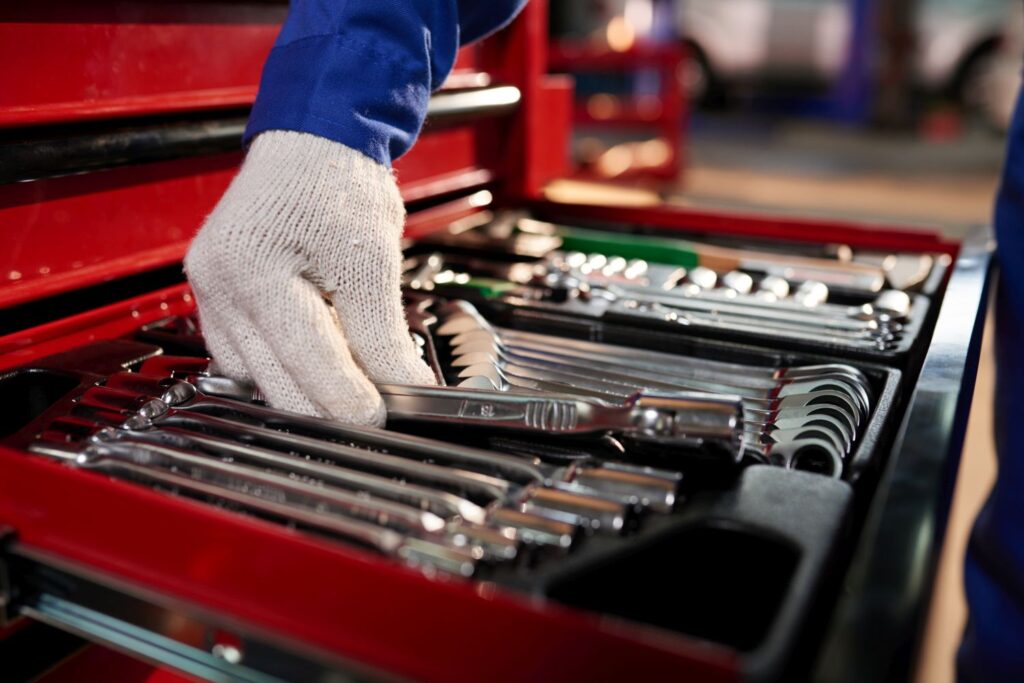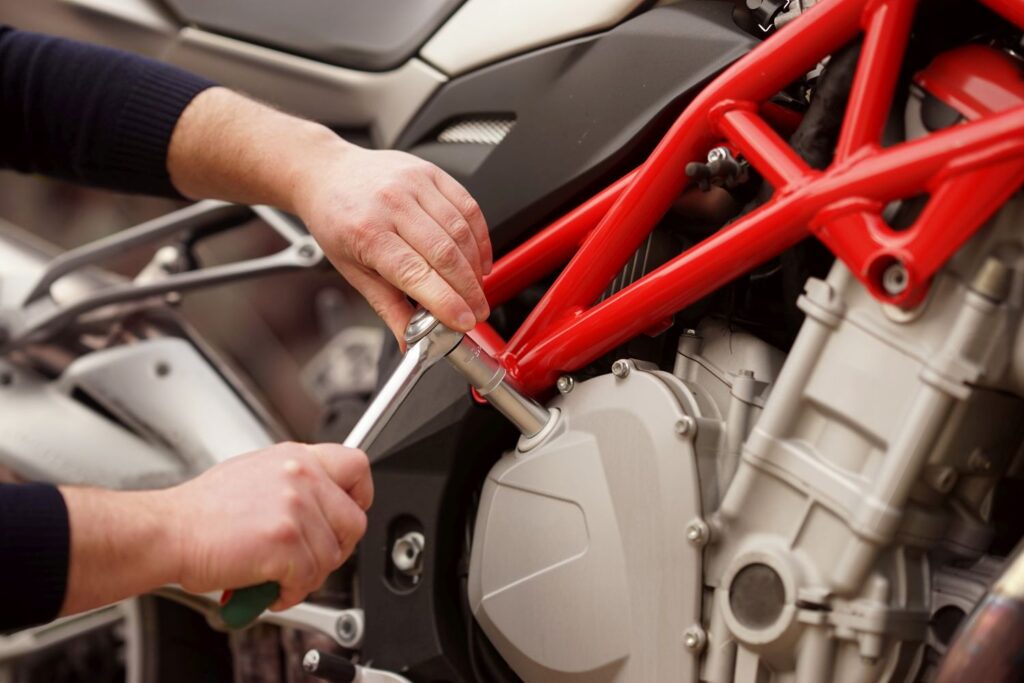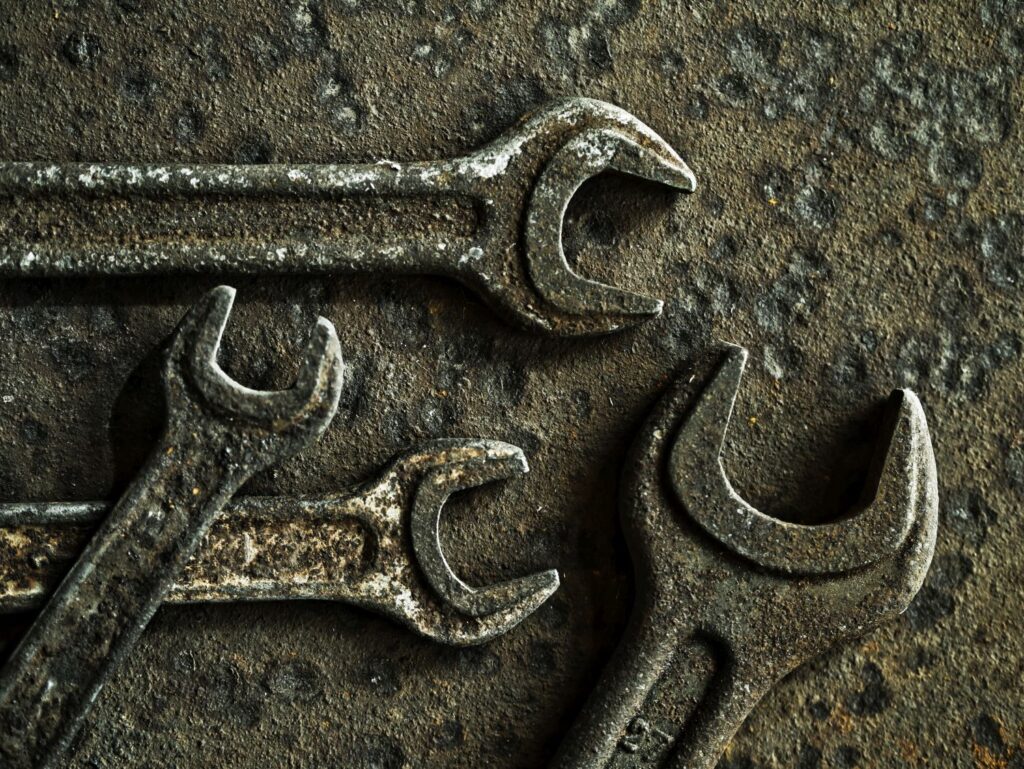Understanding Wrench Sizes: Demystifying Metric and Imperial Measurements

Selecting the right wrench size is crucial for any wrenching project. However, the world of wrench sizes can seem perplexing with the presence of both metric and imperial measurements. In this article, we will demystify metric and imperial wrench sizes, providing a clear understanding of how they are measured and used. By the end, you’ll be equipped with the knowledge to confidently select the appropriate wrench size for different bolts and nuts commonly encountered in automotive applications.
Metric Wrench Sizes: Metric wrench sizes are measured using the metric system, which utilizes millimeters (mm) as the primary unit of measurement. Metric wrenches are standardized based on the diameter of the fastener they are designed to fit. For instance, a 10 mm wrench is intended to fit a bolt or nut with a 10 mm diameter. Common metric sizes range from small diameters, such as 6 mm, to larger sizes like 24 mm.
Here is a chart illustrating some of the commonly used metric wrench sizes:
| Metric Size (mm) | Corresponding Bolt/Nut Diameter (mm) |
|---|---|
| 6 | 6 |
| 8 | 8 |
| 10 | 10 |
| 12 | 12 |
| 14 | 14 |
| … | … |
Imperial Wrench Sizes: Imperial wrench sizes, on the other hand, are based on the imperial measurement system, which uses inches as the primary unit. Imperial wrenches are standardized using the bolt or nut’s outer diameter measured in inches. For example, a 1/2-inch wrench is designed to fit a bolt or nut with a 1/2-inch outer diameter. Common imperial sizes range from fractions of an inch, such as 1/4 inch, to larger sizes like 1 inch.
Here is a chart illustrating some commonly used imperial wrench sizes:
| Imperial Size (inch) | Corresponding Bolt/Nut Diameter (inch) |
|---|---|
| 1/4 | 1/4 |
| 3/8 | 3/8 |
| 1/2 | 1/2 |
| 5/8 | 5/8 |
| 3/4 | 3/4 |
| … | … |
Converting Between Metric and Imperial Wrench Sizes: Converting between metric and imperial wrench sizes may be necessary, especially when working with different measurement systems. To convert metric sizes to imperial, multiply the metric size by 0.03937 to obtain the approximate inch equivalent. Conversely, to convert imperial sizes to metric, multiply the inch size by 25.4 to get the approximate millimeter equivalent. It’s important to note that conversions may result in approximate measurements, as the metric and imperial systems are not perfectly aligned.
Here’s a conversion formula to assist you:
Imperial Size (inch) ≈ Metric Size (mm) x 0.03937
Metric Size (mm) ≈ Imperial Size (inch) x 25.4
Please note that it’s always recommended to use the closest available wrench size to ensure a proper fit.
Selecting the Right Wrench Size: Choosing the correct wrench size is crucial to prevent slippage, avoid damage to fasteners, and ensure a safe and effective wrenching experience. When selecting a wrench, examine the markings on the tool, which usually indicate the size in either metric or imperial units. Match the wrench size to the corresponding bolt or nut diameter to ensure a proper fit. It’s important to avoid excessive play or a loose fit, as this may result in rounding off the fastener or causing injuries.
Application Examples: In automotive applications, you’ll encounter a variety of bolt and nut sizes. Here are some examples along with their corresponding wrench sizes:
- 8 mm bolt/nut: Use a 8 mm metric wrench or a 5/16-inch imperial wrench.
- 12 mm bolt/nut: Use a 12 mm metric wrench or a 1/2-inch imperial wrench.
- 14 mm bolt/nut: Use a 14 mm metric wrench or a 9/16-inch imperial wrench.
- 5/8-inch bolt/nut: Use a 16 mm metric wrench or a 5/8-inch imperial wrench.
Remember to consult your vehicle’s specifications or refer to industry standards when working on specific automotive models.
Conclusion: Understanding metric and imperial wrench sizes empowers you to confidently select the right tool for the job. By referring to the provided charts, conversion formulas, and practical tips, you can ensure that your wrenching projects are executed accurately and efficiently. Remember to always use the closest available wrench size for a proper fit, and exercise caution to avoid damaging fasteners or causing injuries.




